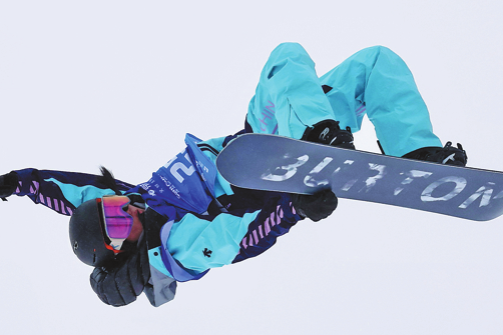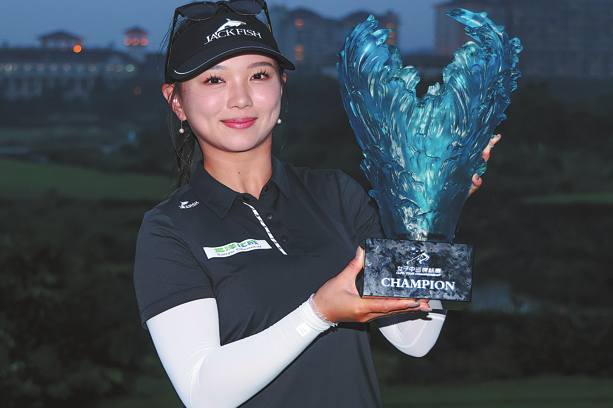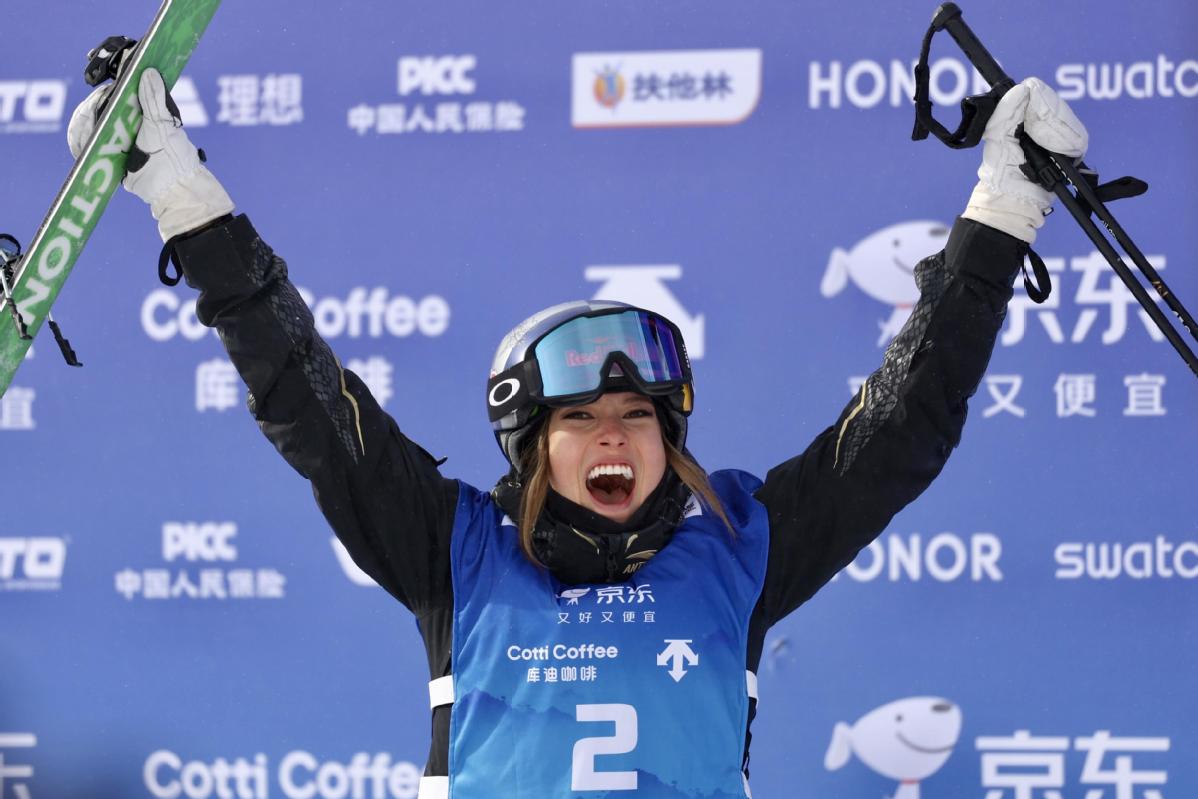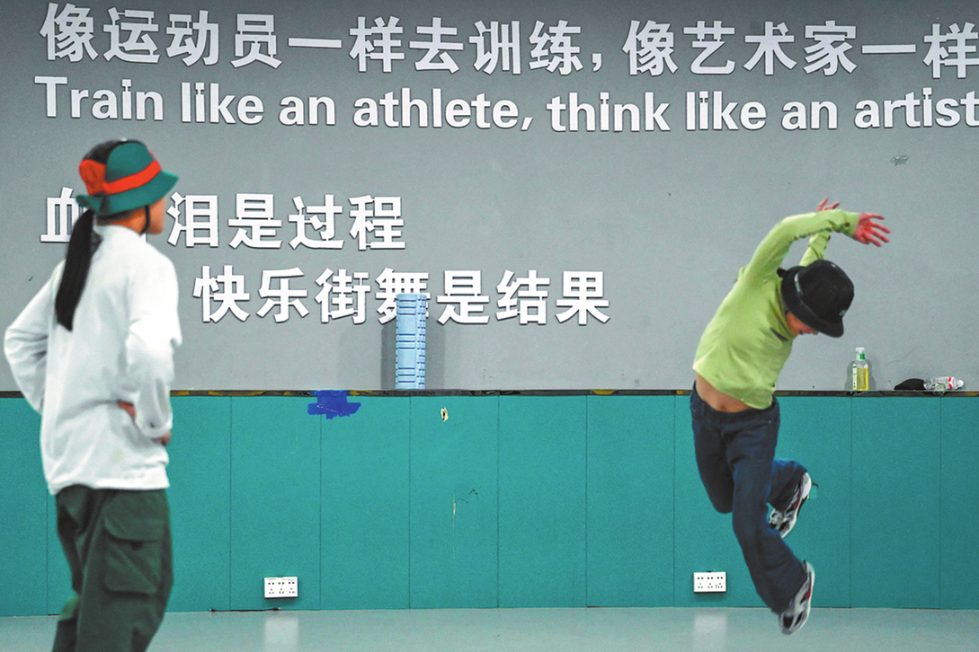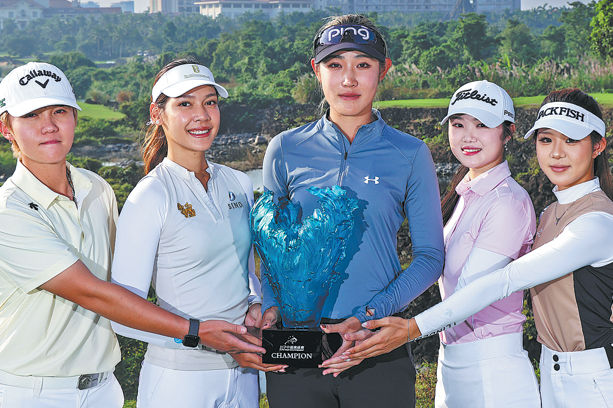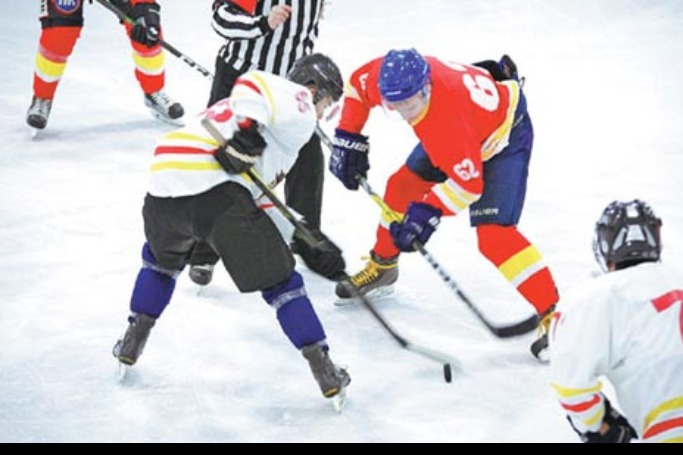India's pursuit for Olympic gold medal ends at last


NEW DELHI - India, one of the most populous countries in the world, ended up with a single-digit medal figure at the Tokyo Olympics, even as its pursuit for gold ended on the penultimate day in the javelin-throw discipline.
With only seven medals - one gold, two silver and four bronze, India stood at 47th in the rankings.
Marked with various hits and misses at the Olympics, India's sports has once become a subject under intense discussion, especially when it comes to winning medals at the Olympics.
After sending its biggest Olympic contingent consisting of 127 athletes to Tokyo this year, this South Asian nation ended up with only seven podium finishes. The medals came from three female athletes and three male athletes.
Neeraj Chopra, who made his Olympics debut at Tokyo, won the gold on the penultimate day of the biggest sporting event on the planet. This was the first gold for India in any track-and-field event, and also a first after 13 years.
Wrestlers Ravi Kumar Dahiya and Bajrang Punia won well-deserved medals, a silver and a bronze, respectively.
Silver medallist at Rio Olympics P.V. Sindhu settled with a bronze in badminton this time, while weightlifter debutant Mirabai Chanu won a silver in the 49-kg category and Lovlina Borgohain, also a debutant, won a bronze in the 69-kg category.
The men's hockey team won a Bronze thus breaking the 41-year Olympics jinx.
A big media hype and jubilation was witnessed in India on August 5 when the Men's hockey team made the podium finish defeating Germany 5-4 to win the Bronze medal.
It was after 41 years when India had won an Olympics medal in hockey, considered as the national game. The last medal in hockey - a Gold, had come in the 1980 Moscow Games.
India had won as many as eight Olympic Gold Medals in hockey until 1980, after which the lone Gold came in 10-meter air rifle event in the 2008 Beijing Olympics, won by ace shooter Abhinav Bindra.
At Tokyo, young girl Aditi Ashok was a surprise finalist in a Golf event, a sport not that popular in the country and considered only a hobby of the rich, powerful and the affluent. Aditi missed the Bronze by a whisker.
Satish Kumar Yadav, a soldier and son of a farmer from the northern state of Uttar Pradesh, failed to win his Quarterfinal bout, though won laurels in the 91-kg boxing. He came down fighting valiantly to world champion Jalolov, with two wounds on his face opening up and bleeding profusely.
With a huge population of 1.3 billion, India hasn't had a good track record at the Olympics all these decades. Adding up the medals won at Tokyo, India has won only 35 Olympic medals in its sports history.
This correspondent tried to find out the reasons for oft-repeated not-up-to-the-mark performance at Olympics by Indian athletes.
General Secretary of the Delhi Amateurs Boxing Association (DABA) Dayanand Yadav said that the practice of politicians holding high posts of sports federations and associations is one of the biggest reasons for Indian sports failures.
"In India we have politicians heading various sports federations and associations. They don't know anything about the sport, but decide the future of both the sport and the sportsmen," Yadav said, and added that even the selection of sportspersons is not up to the mark.
Then, he added, foreign coaches are hired for an unlimited period. "Foreign coaches, if at all needed, should be given a task of preparing the athletes for one Olympic and their performance analyzed thereafter. The hiring of coaches should be for a particular time span and result-oriented," added Yadav.
He also called upon the Centre and state governments to sponsor national sports events, and not leave the sports' federations and associations to fend for themselves through the year, collecting sponsorships from private business houses.
Citing reasons for the overall failure of Indian athletes at every Olympics, Arvind Kumar, a physio with a Kabaddi team in the southern city of Bengaluru, told Xinhua that the way Indian athletes are coached and trained presently is far below compared to what is required for competing at Olympics.
"Indian athletes suffer from lack of pressure-handling in last moments of a game. Their temperament to compete at Olympics needs to be improved," Arvind said and added that the fear factor of losing a bout needs to be removed from their minds.
"Our athletes compete at several world-level tournaments and achieve satisfaction after winning medals there. They forget that the best of teams and players do not participate in those tournaments. Olympics events are played with altogether a different approach and mindset which Indian athletes lack," Arvind added.
Commenting on the physical fitness of Indian players, the physio stated that two of the medal hopefuls - Vikas Krishan and Bajrang Punia carried injuries when they flew to Tokyo. While Krishan bowed out in his first bout, Punia managed to win Bronze.
"The Indian athletes suffer from unwanted injuries as they are given unplanned exposure, and then they hide their injuries due to the fear of missing the Olympic flight," Arvind said and added that all these crucial things are to be kept in mind while improving the standard of the sport in the near future.
Most of the athletes who took part in the Tokyo Olympics come from humble backgrounds. Barring P.V. Sindhu, Neeraj Chopra and a couple of others who belong to comparatively affluent families, the Indian contingent was full of athletes hailing from small and remote towns and areas. They took up sports to support their families financially by winning cash rewards at local tournaments.
With absolutely no financial support from home, and lack of Government aid (till a few years ago), sports in India has been a second fiddle, even as parents' main focus has been on academics and job-oriented courses/training for their kids.
The situation has changed over the past few years after the Central Government announced several policies and programs to promote sports and encourage promising sportspersons to come forward and take up sports as their career.
As per official figures from the federal sports ministry, between 2014 and 2020, scholarships worth 830 million Indian Rupees (about $11.2 million) have been disbursed among promising athletes, and around $3.2 million given exclusively to those nurturing talent to qualify for the Olympics.
In a bid to prepare sportspersons for Olympics, the Indian government launched the ambitious "Target Olympic Podium Scheme (TOPS)" in 2014.
The Scheme aims at extending all requisite support to probable athletes, including foreign training, international competition, equipment and coaching camp besides a monthly stipend of 50,000 Indian Rupees (about $676) for each athlete.
Besides, a couple of sports universities are being planned in the country which would churn out good sportspersons in the near future.
Most Popular
- Wuchuan Youth beat Shenzhen Yipingao to win soccer league championship
- Veteran pair not yet bored of the Olympic grind
- High-flying Gu raises the stakes
- Better late than never for tour champ Shi
- China's Wang retains women's singles title at WTT Finals
- Freeride World Tour Qualifier kicks off in Xinjiang's Hemu
















